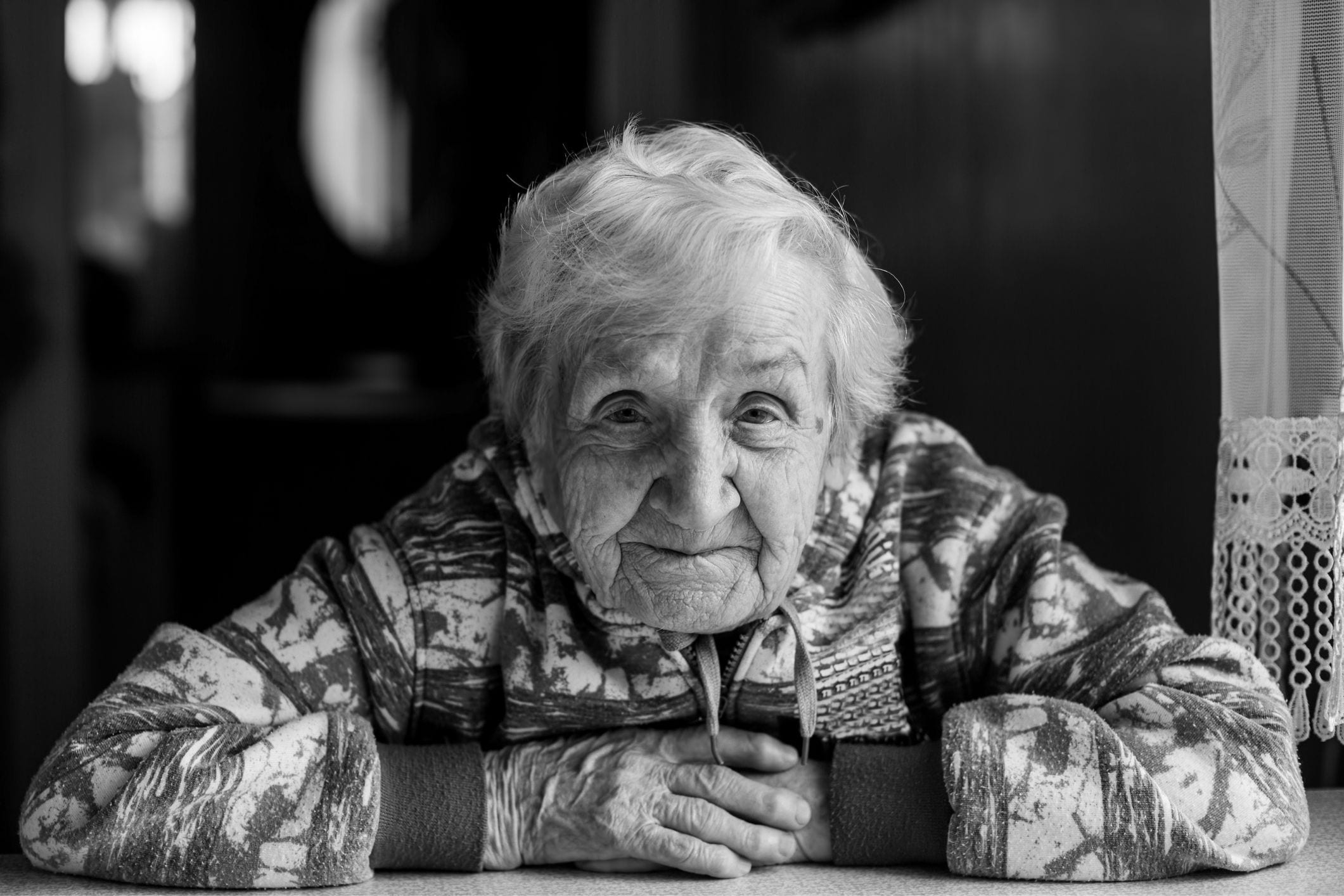
Judy Lowthian, Principal Research Fellow & Head of Research at Bolton Clarke, told HelloCare that in the United Kingdom frailty is considered a key factor in the care of older people.
“In the UK it is recommended that any interaction between an older person and a health and social care professional should include assessment, which helps identify if the individual has frailty,” she explained.
The type of assessment will differ, however, the planning of any intervention – including starting a new drug, transferring the person to the emergency department of a hospital, or elective surgery such as a joint replacement – will all be considered and determine the person’s degree of frailty, balancing the risks and benefits.
Exposing such procedures to a person with frailty may cause them harm, Lowthian added.
What is frailty?
Frailty is a “syndrome of decline” that occurs in later life, making older people vulnerable to adverse health outcomes and functional decline, says Lowthian.
There can be a number of causes of frailty, including physical, psychological or social factors, or a combination of these elements.
Individuals can be:
Frailty is dynamic, in that it changes over time, and occurs across a spectrum.
What impact does frailty have on an older person?
Older people who are frail have far greater risk of adverse health outcomes.
The consequences of frailty are “far reaching” and include:
How is frailty measured?
Frailty should be identified and measured so that outcomes can be improved and harm avoided.
Lowthian said there are two “broad” models of measuring frailty.
Firstly, there is the Phenotype model, in which a group of characteristics – unintentional weight loss, reduced muscle strength, reduced gait speed, self-reported exhaustion and low energy expenditure – predict poor outcomes.
“Generally, individuals with three or more of the characteristics are said to have frailty,” Lowthian said.
The second model is the Cumulative Deficit model, which looks at an accumulation of deficits, including loss of hearing, low mood, tremor and diseases such as dementia. These symptoms can occur with ageing and, when combined, can be measured on a ‘frailty index’.
According to Lowthian, any measurement of frailty will ideally include:
Can frailty be fixed?
Frailty and pre-frailty are modifiable, says Lowthian.
“Physical exercise is effective in reducing or postponing frailty, particularly when conducted in groups,” she explained.
“Favourable effects have also been found with nutritional supplements, physical exercise with nutritional supplements, cognitive training and combined treatments.”
Bolton Clarke is about to trial a “holistic” approach to improving frailty, focusing on the physical, nutritional, cognitive and social aspects of frailty, with recently hospitalised persons.
Bolton Clarke hopes to extend this research into the residential aged care sphere.
In this vein, Bolton Clarke is trialling the use of cognitive stimulation, music therapy and reminiscence therapy to maintain and improve cognitive capacity and reduce emotional disorders in people living with dementia. The results look promising so far, says Lowthian.
“Watch this space.”